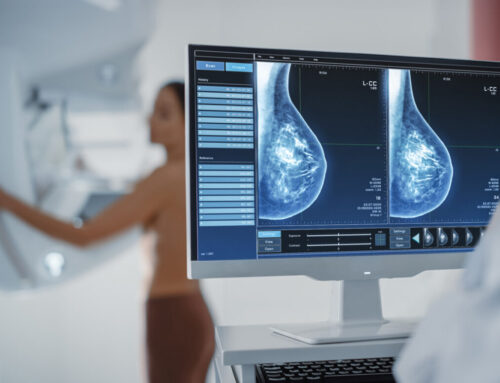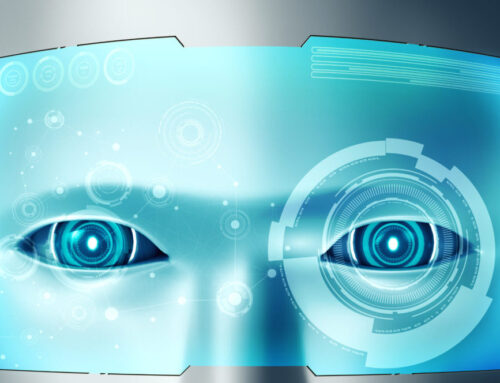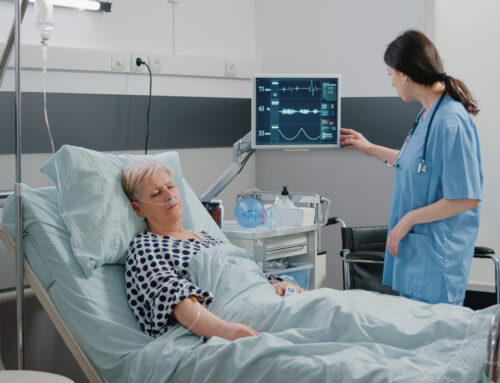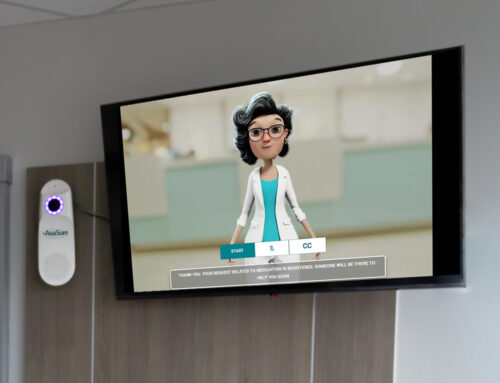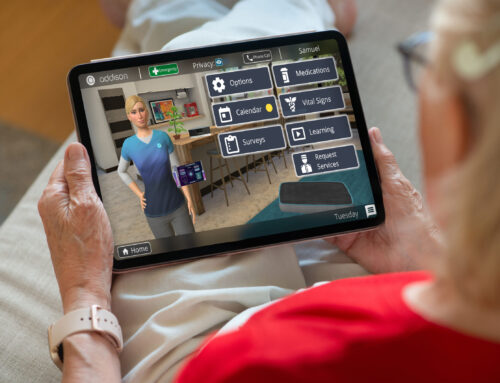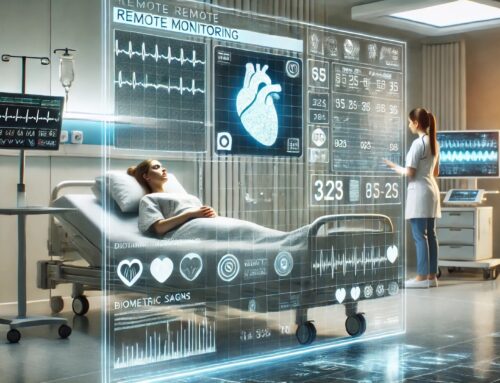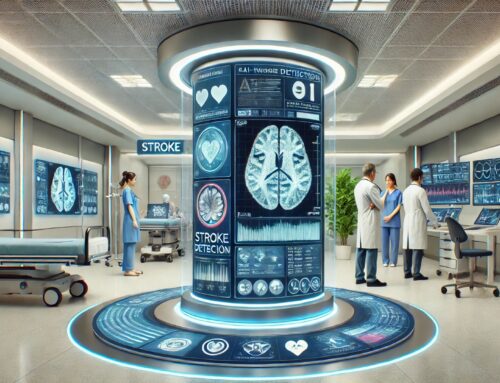Artificial intelligence (AI) is revolutionizing thoracic imaging, enhancing diagnostic accuracy and efficiency. A recent study published in the Journal of Thoracic Imaging delves into the integration of AI in thoracic radiology, highlighting its transformative potential.
AI’s Role in Thoracic Imaging
The integration of AI into thoracic imaging addresses several critical challenges:
- Diagnostic Accuracy: AI algorithms can analyze chest radiographs (CXR) with high precision, identifying subtle anomalies that may escape the human eye.
- Efficiency: Automating routine tasks allows radiologists to focus on complex cases, reducing burnout and improving workflow.
- Personalized Medicine: AI facilitates the analysis of large datasets, enabling tailored treatment plans based on individual patient data.
Leading Companies in AI Thoracic Imaging
Several companies are at the forefront of developing AI tools that are reshaping thoracic imaging:
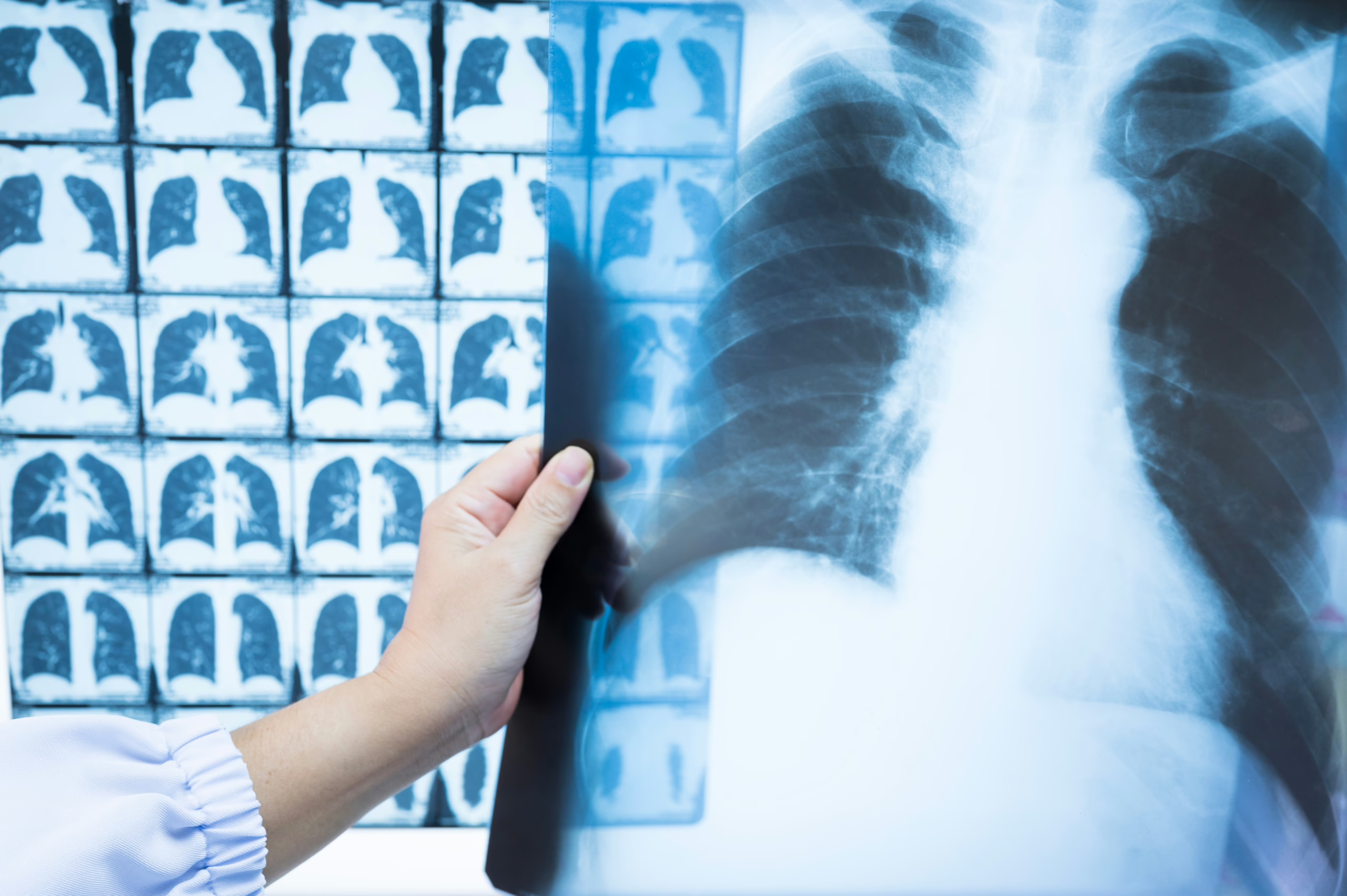
Doctor compares patient chest x-ray and CT scan film before treatment.
- Aidoc: Founded in 2016, Aidoc specializes in AI-powered diagnostic tools that assist radiologists in identifying critical conditions. Their FDA-approved algorithms cover a range of pathologies, including intracranial hemorrhage and pulmonary embolism. Aidoc’s solutions are implemented in over 900 medical centers worldwide, enhancing the speed and accuracy of diagnoses.
- Tempus: Established in 2015, Tempus leverages AI to provide precision medicine solutions across oncology, cardiology, and radiology. By analyzing clinical and molecular data, Tempus aids in crafting personalized treatment plans. The company’s global presence spans 34 countries, underscoring its significant impact on healthcare.
- Rad AI: This company focuses on reducing radiologist burnout by automating repetitive tasks. Their AI-driven software streamlines workflows, allowing radiologists to dedicate more time to patient care and complex case analysis.
- Annalise.ai: Annalise.ai has developed AI solutions that act as a “second reader” for radiologists, enhancing diagnostic confidence. Their technology has been implemented in public health systems, such as South Australian Medical Imaging, to assist in chest X-ray interpretations.
- deepc: Offering the deepcOS platform, deepc provides a customizable operating system that integrates multiple AI solutions into existing radiology workflows. This platform enables seamless evaluation, deployment, and monitoring of AI tools, supporting radiologists in delivering accurate diagnoses.
Challenges and Considerations
While AI offers numerous benefits, its integration into thoracic imaging is not without challenges:
- Data Privacy: Ensuring patient data confidentiality is paramount, necessitating robust security measures in AI systems.
- Regulatory Compliance: AI tools must adhere to stringent medical regulations, requiring continuous updates and validations.
- Ethical Concerns: The potential for AI to replace human judgment raises ethical questions about the role of radiologists and the doctor-patient relationship.
The Future of AI in Thoracic Imaging
The trajectory of AI in thoracic imaging points towards more integrated and advanced applications:
- Enhanced Collaboration: AI will serve as a collaborative tool, augmenting the expertise of radiologists rather than replacing them.
- Continuous Learning: AI systems will evolve through machine learning, improving their accuracy and expanding their diagnostic capabilities over time.
- Broader Accessibility: As AI tools become more cost-effective, their adoption is expected to increase, making advanced diagnostic services accessible to a wider population.
In conclusion, the integration of AI into thoracic imaging signifies a transformative shift towards more precise, efficient, and personalized patient care. As technology and healthcare continue to converge, the collaboration between radiologists and AI will be pivotal in advancing medical diagnostics.


